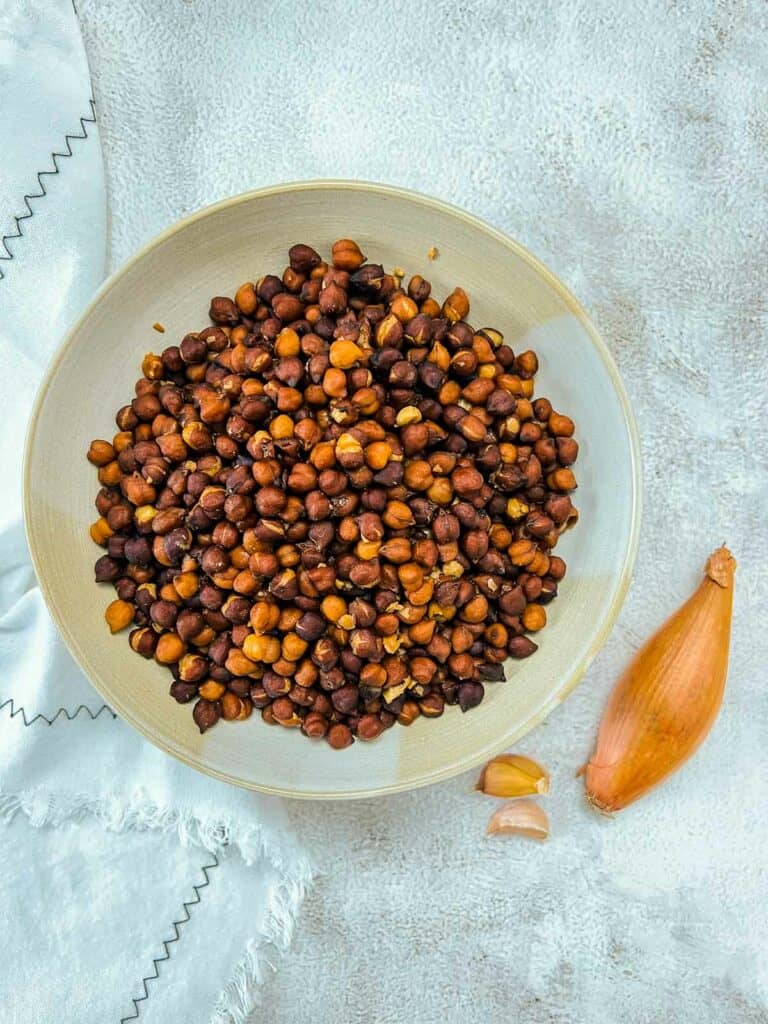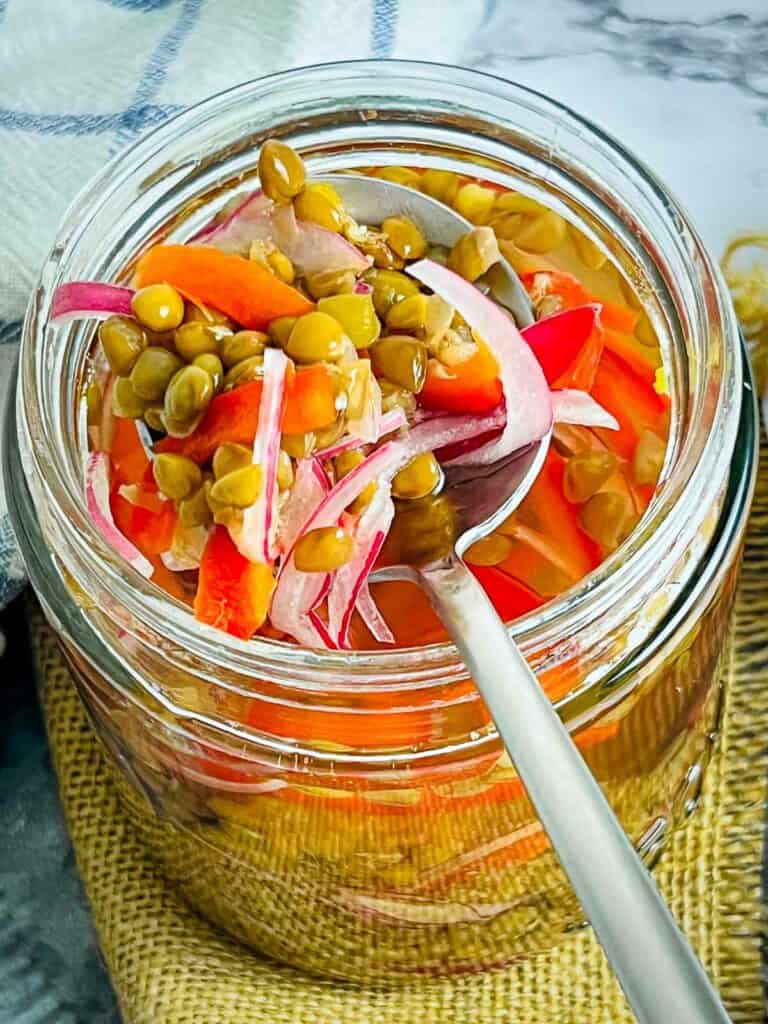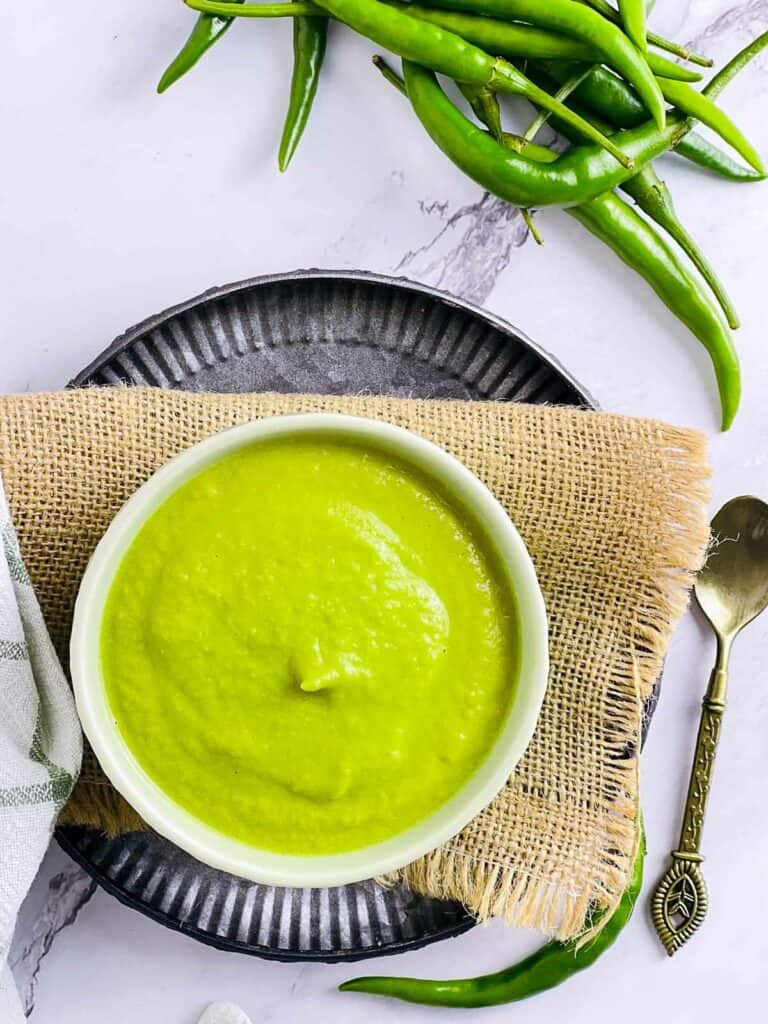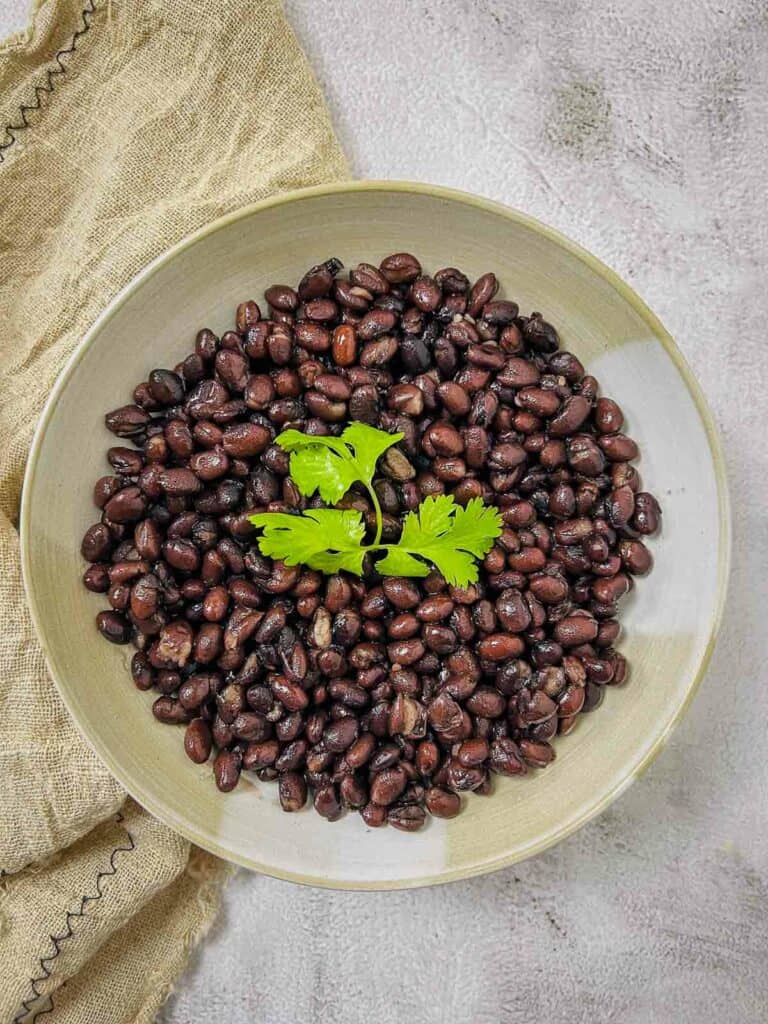The Ultimate Guide to Types of Lentils: The Go-To Pantry Staple
Lentils, a type of legume, are nutritional powerhouses packed with plant-based protein. They’re also incredibly versatile, adding delicious depth and heartiness to countless dishes.
But with so many varieties available, navigating the world of lentils can be overwhelming. Fear not, legume lovers! This guide will explore the different types of lentils, highlighting their unique characteristics and uses.
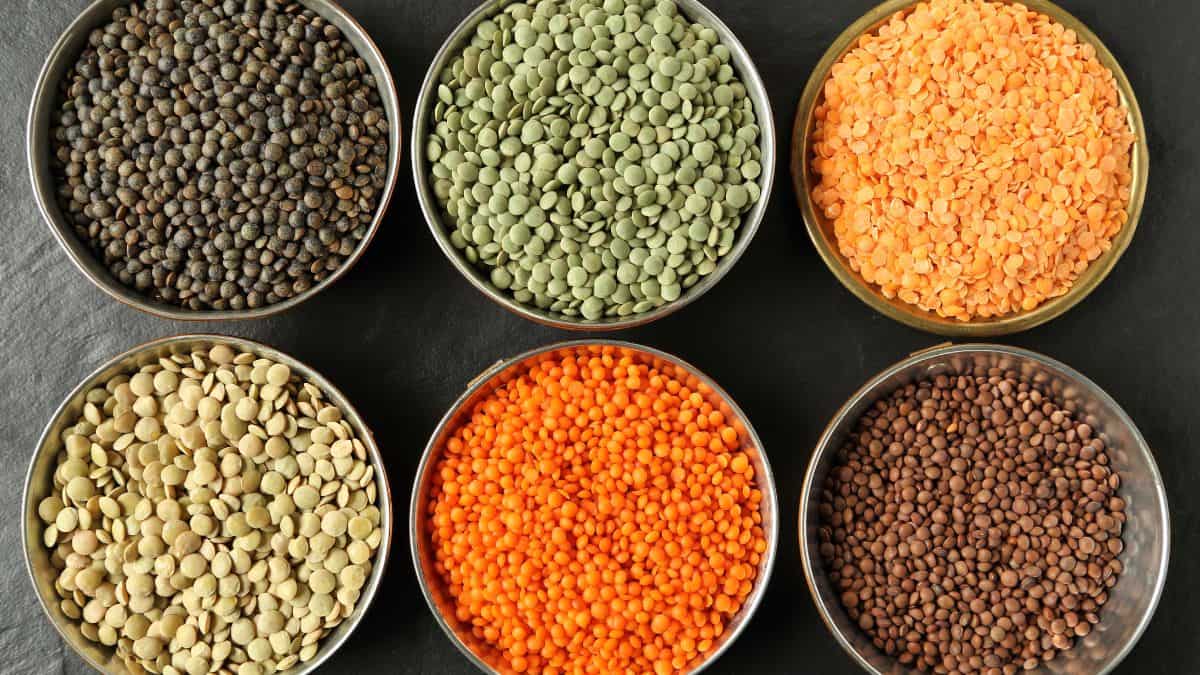
Disclosure: This post may contain affiliate links. This means I get a small commission if you decide to make a purchase through my links at no extra cost to you.
The Essence of Lentils
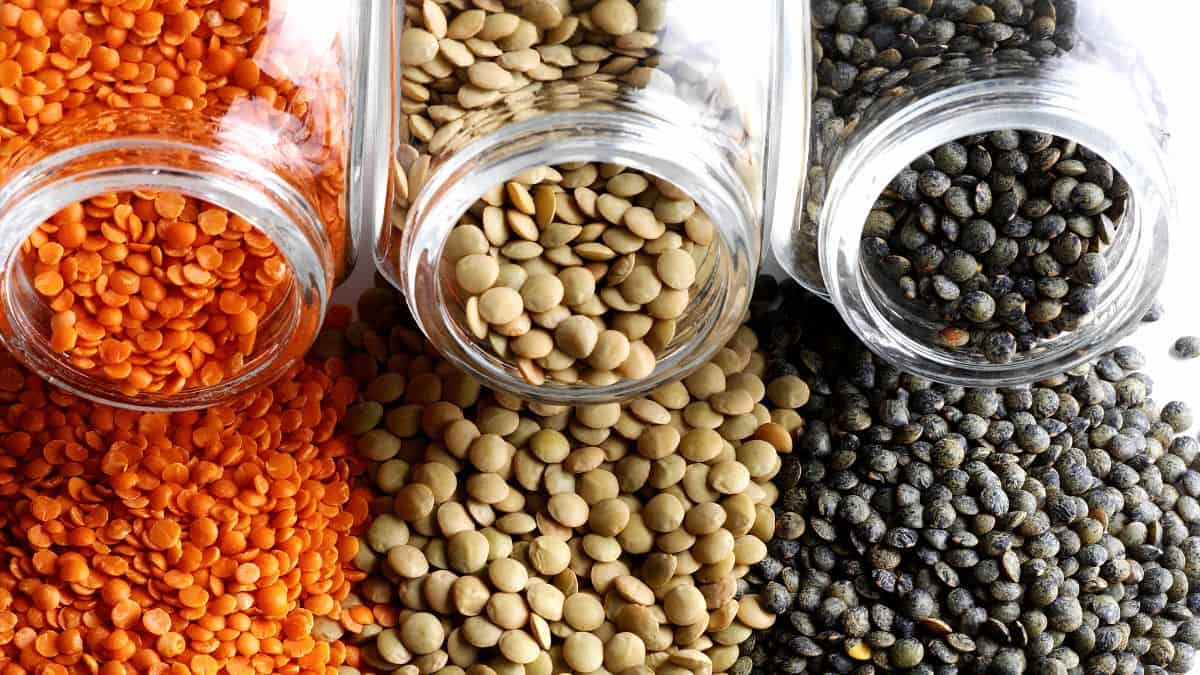
Lentils have been cultivated for thousands of years. While lentil varieties boast a spectrum of colors and textures, they share some core features.
Lentils are generally small and lens-shaped and have a mild, slightly earthy flavor profile. They cook relatively quickly compared to other legumes, making them a convenient protein source for busy cooks. Additionally, most lentils don’t require pre-soaking, further streamlining the cooking process.
Brown Lentils
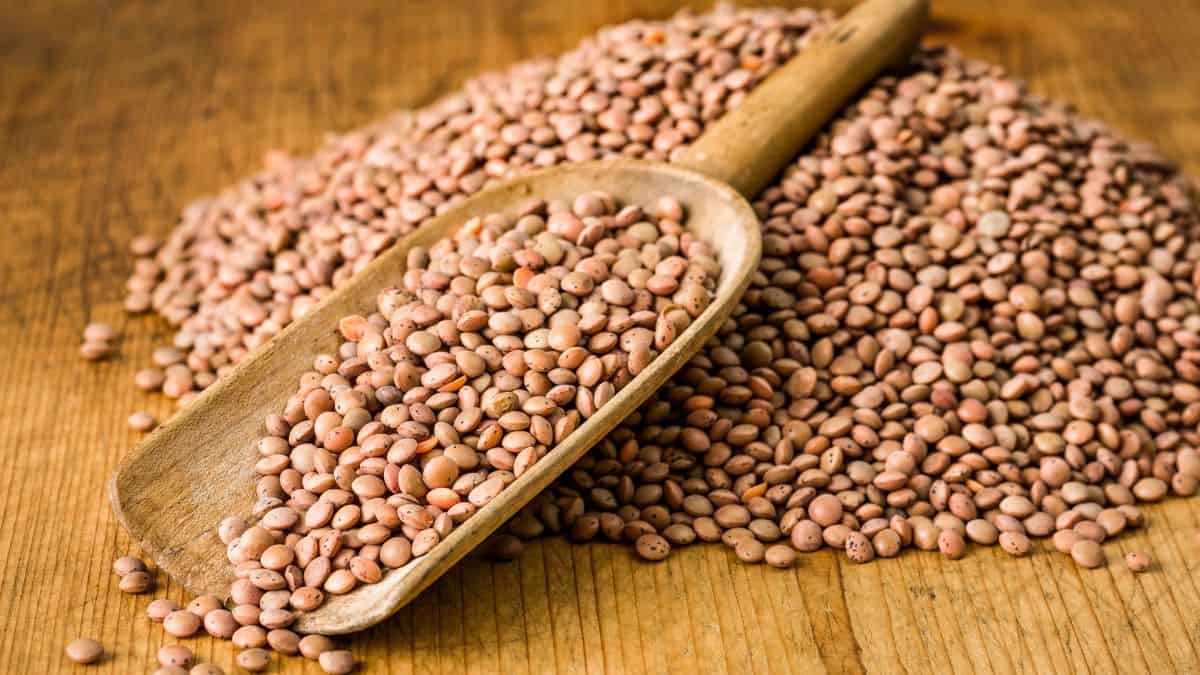
Brown lentils are known for their earthy flavor and firm texture. They hold their shape well when cooked, making them ideal for hearty soups, stews, and salads. Brown lentils are a versatile option in many cuisines around the world.
Canned brown lentils are readily available; however, it is very easy to cook dried brown lentils at home. I like to use them in dishes like vegetable curry and vegan lentil Buddha bowl.
Green Lentils

Green lentils, also known as French lentils, have a peppery flavor and a slightly firmer texture compared to brown lentils. They maintain their shape well when cooked, making them suitable for salads, side dishes, and as a meat substitute in vegetarian dishes. Green lentils are particularly popular in Mediterranean and Middle Eastern cuisines.
Red Lentils
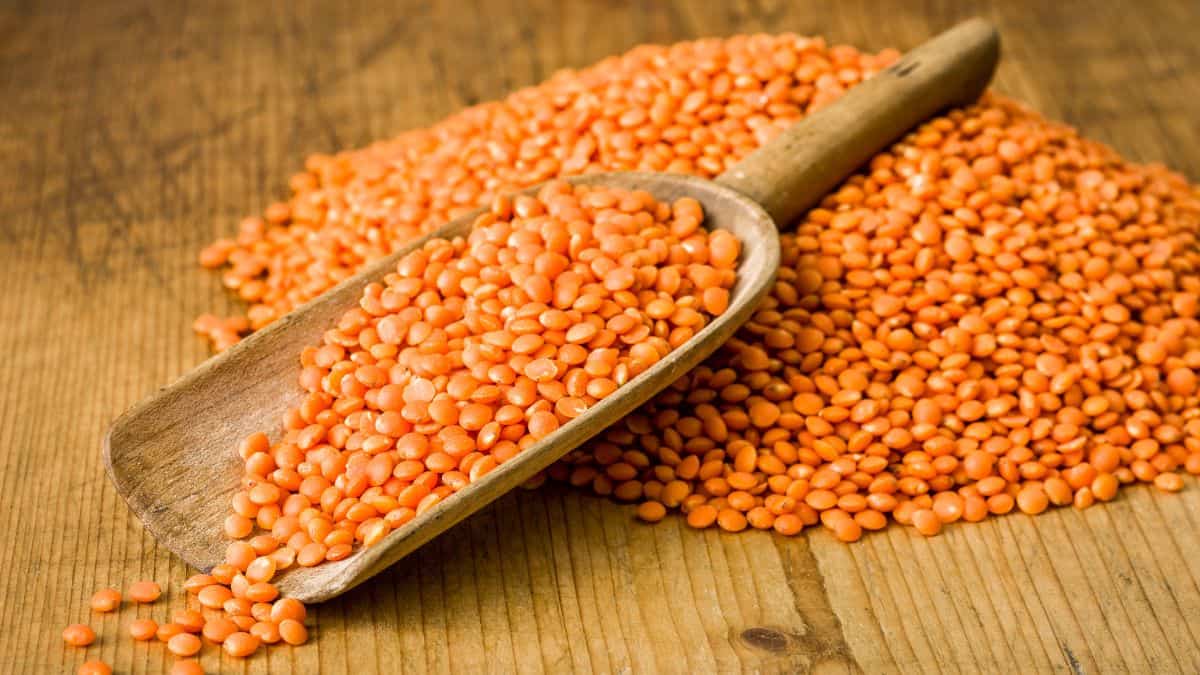
Red lentils are small and quick-cooking, turning golden and soft when cooked. They have a sweet, nutty flavor and a creamy texture, making them perfect for thickening soups, stews, and curries.
Red lentils are widely used in Indian, Middle Eastern, and African cuisines, adding color and flavor to a variety of dishes. My favorite dishes to make using red lentils are this red lentil dal and this chicken lentil curry. Check out this collection of red lentil recipes that range from breakfast to dinner.
Black Lentils (Beluga)

Named for their resemblance to caviar, black lentils are small, shiny, and hold their shape well when cooked. They have a robust, earthy flavor and a slightly chewy texture.
Yellow Lentils (Moong Dal)
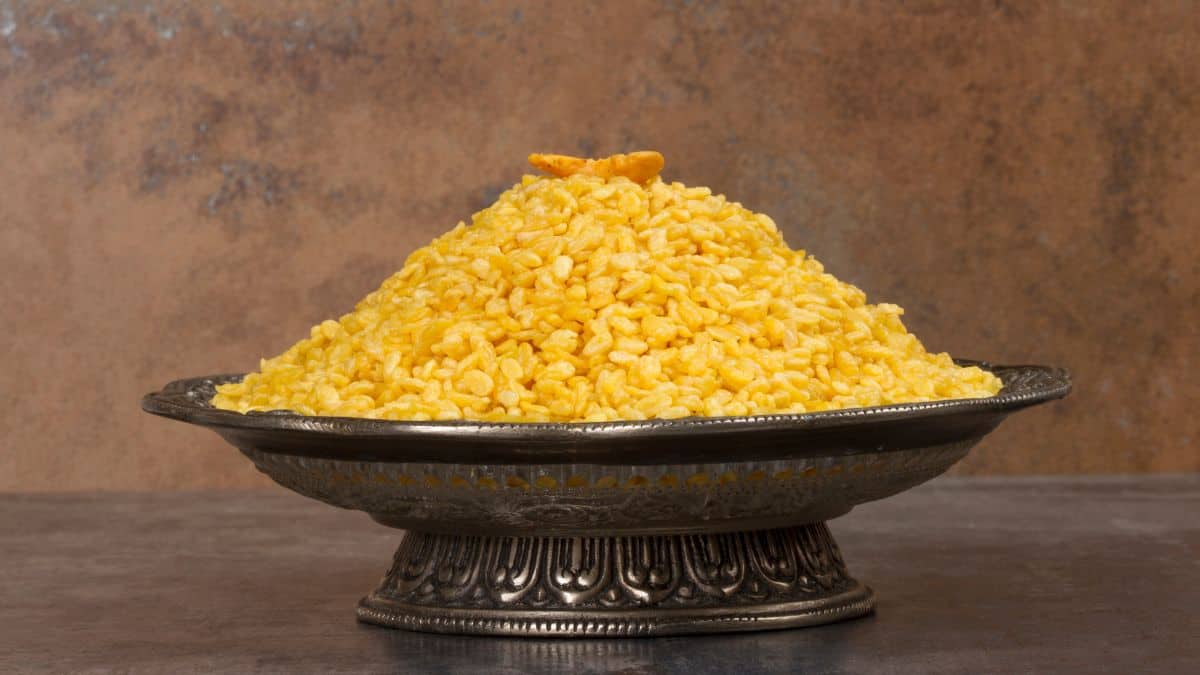
Yellow lentils, also known as moong dal, are split and hulled mung beans with a mild, slightly sweet flavor. They cook quickly and have a soft, creamy texture, making them ideal for soups, stews, and Indian dals.
Yellow lentils are a staple in Indian cuisine, where they are used in a variety of dishes ranging from dals to savory snacks. They are a key ingredient in making khichdi varieties like spinach khichdi or chicken khichdi.
Split Bengal Gram (Chana Dal)
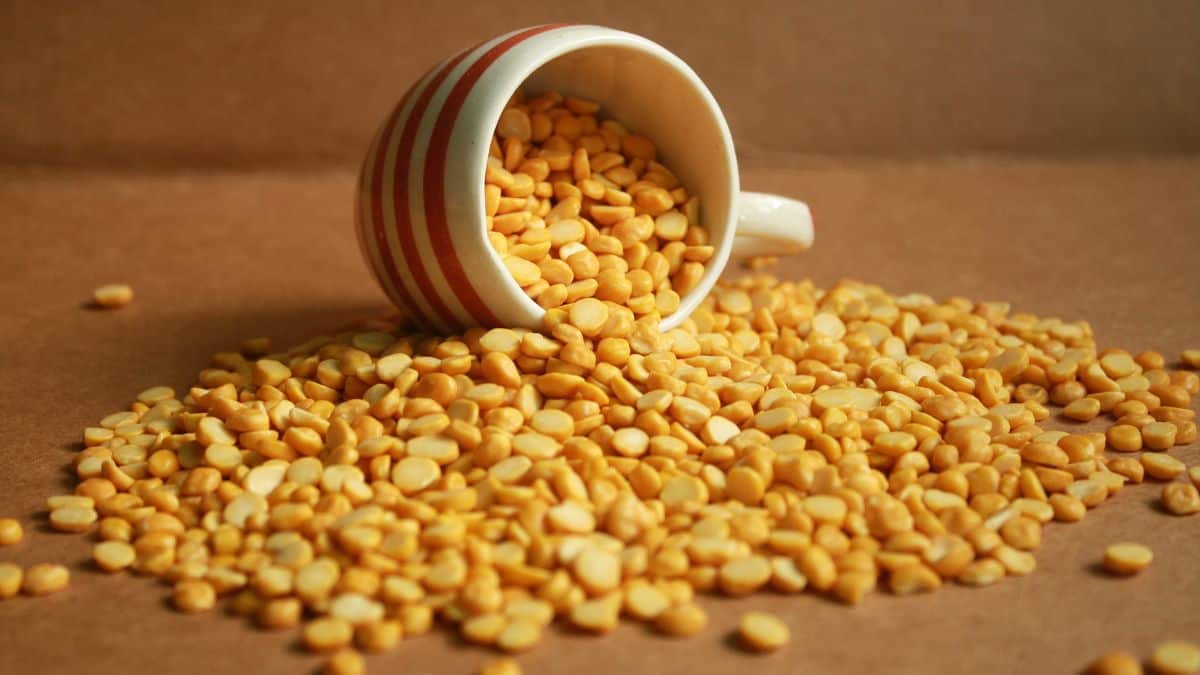
Chana dal are split chickpeas with a sweet and nutty flavor. They require soaking before cooking and have a soft, creamy texture when cooked. Chana dal is a popular ingredient in Indian cooking, used in dals, soups, and savory snacks.
Split Black Gram (Urad Dal)
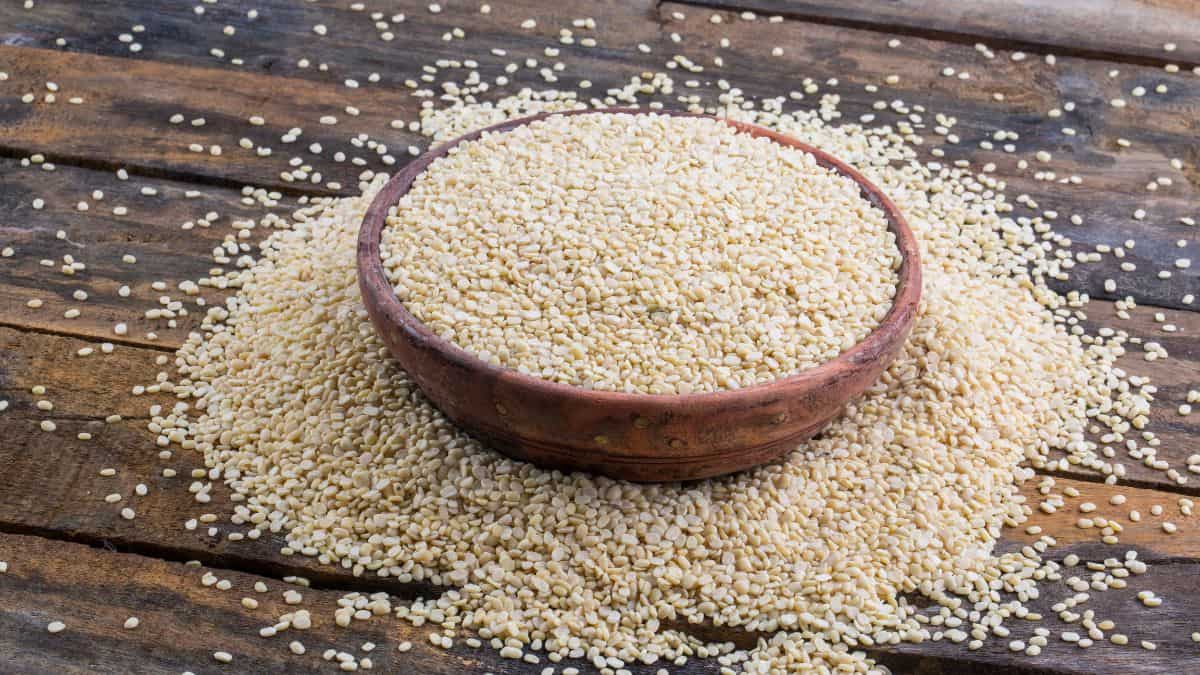
Urad dal is split black gram lentils that have a rich, creamy texture when cooked. They have a slightly sweet, nutty flavor and are commonly used in Indian dishes like idli, dosa, and dal makhani.
Pigeon Peas (Toor Dal)
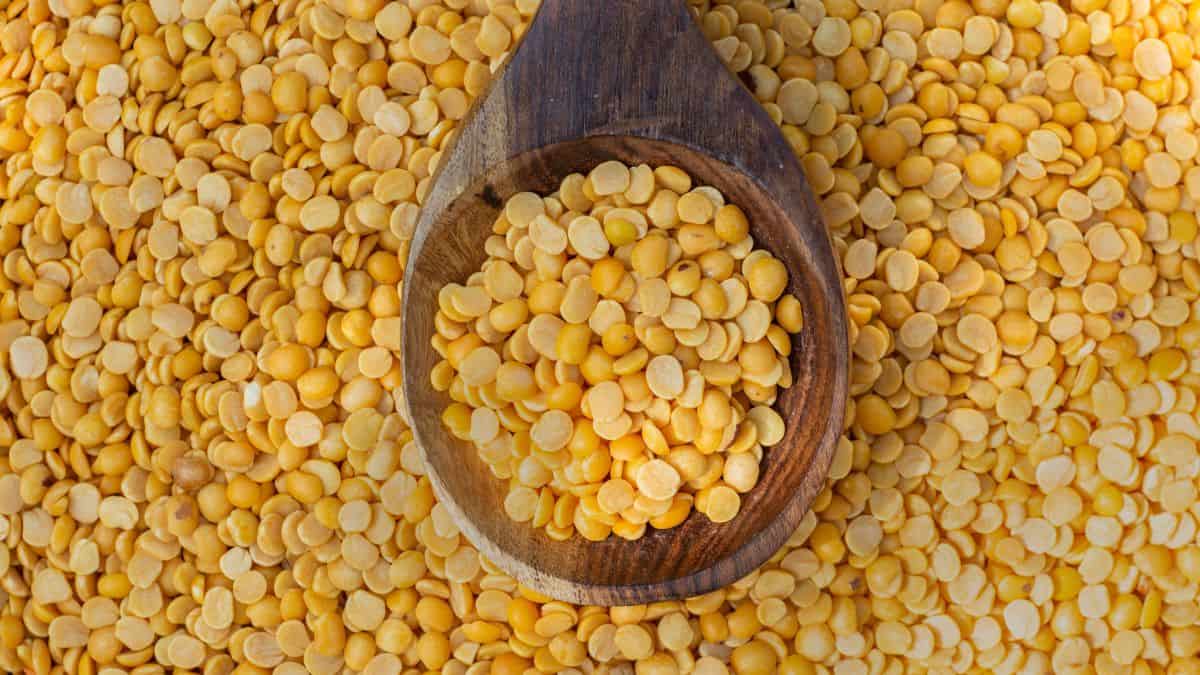
Toor dal are split yellow peas with a slightly nutty flavor. They cook to a soft, mushy consistency and are commonly used in Indian dals and soups. This is the most preferred lentil in Indian households when making a simple dal.
How to Choose the Right Type of Lentil
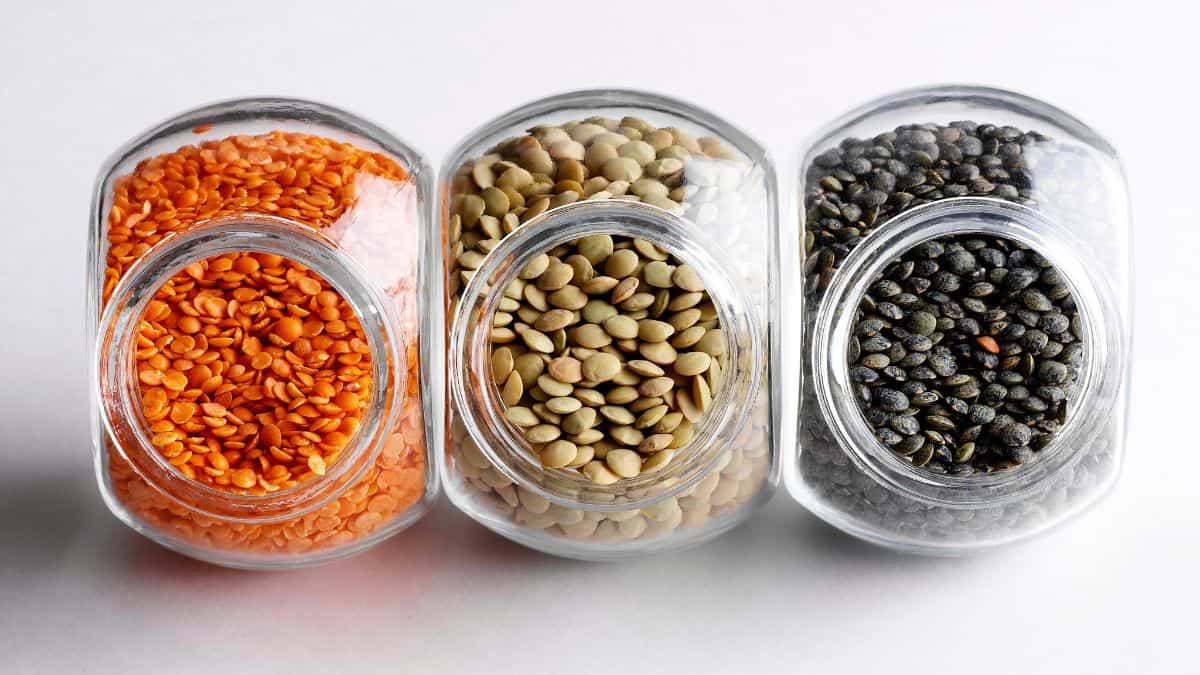
Flavor: Each lentil variety offers a unique flavor profile. Brown and green lentils’ earthy flavors make them ideal for heartier dishes. If you prefer sweetness, red and yellow lentils are excellent choices. For a more robust flavor, consider black lentils, while chana dal, moong dal, toor dal, and urad dal offer their own distinct tastes.
Texture: The texture of lentils can vary widely, ranging from firm to soft. Green and black lentils have a firmer texture, making them suitable for salads and dishes where you want the lentils to hold their shape. Red and yellow lentils, on the other hand, become soft and creamy when cooked, perfect for thickening soups and stews. Chana dal, moong dal, toor dal, and urad dal also offer varying textures, from creamy to slightly chewy, depending on the dish.
Cooking Time: Consider the cooking time required for each lentil variety. Quick-cooking lentils like red lentils, yellow lentils, and pigeon peas are ideal for dishes where you’re short on time. Brown, green, and black lentils have longer cooking times but offer hearty flavors and textures. Chana dal and urad dal may require soaking and have varying cooking times, so plan accordingly based on the recipe.
Cooking Tips for Lentils
- Rinse lentils thoroughly before cooking to remove dust and debris. Soaking is optional but can reduce cooking time.
- Lentils can be boiled, pressure-cooked, or slow-cooked. Season them with salt and spices to enhance flavor.
- Add aromatics like garlic, onion, and bay leaves. Spices such as cumin, coriander, and turmeric pair well with lentils.
Storing Dried and Cooking Lentils
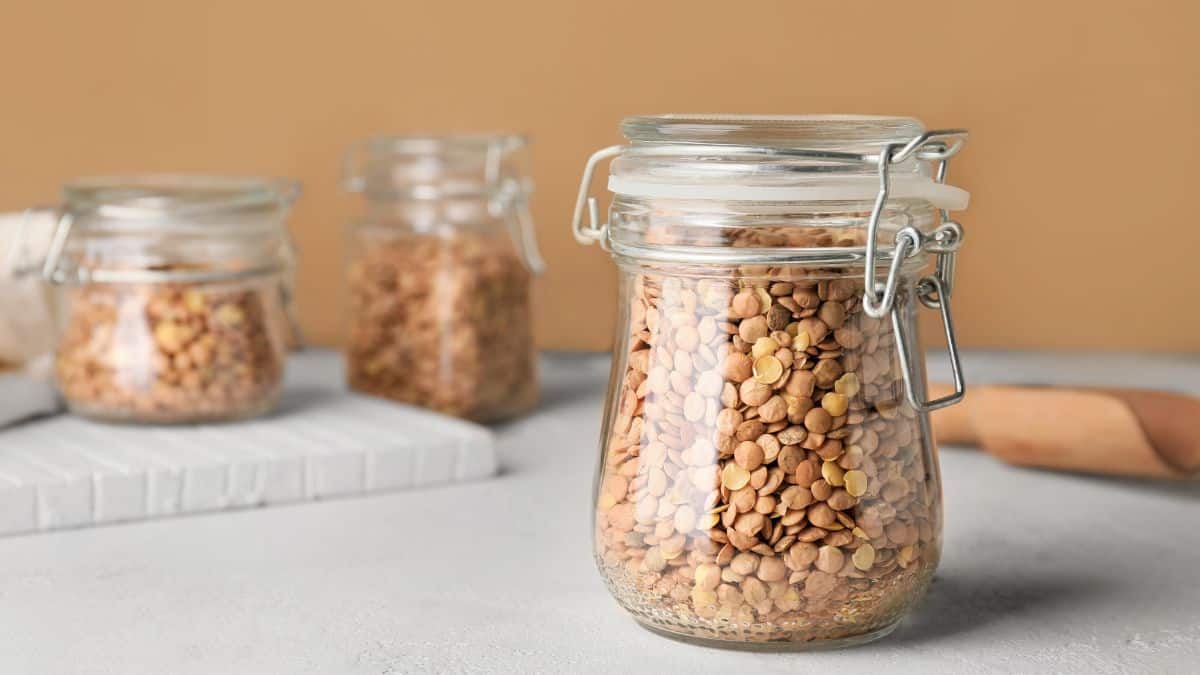
Lentils are shelf-stable superstars! Store dry lentils in airtight containers in a cool, dry, and dark pantry. Whole lentils will keep for up to a year, while split lentils may have a slightly shorter shelf life of around 6-8 months.
Once cooked, lentils can be stored in an airtight container in the refrigerator for up to 5 days or frozen for up to 6 months.
Check out this collection of amazing 35 curries from around the world.
If you liked this Guide on Types of Lentils or any other recipe on my website, please let me know in the 📝 comments below.

